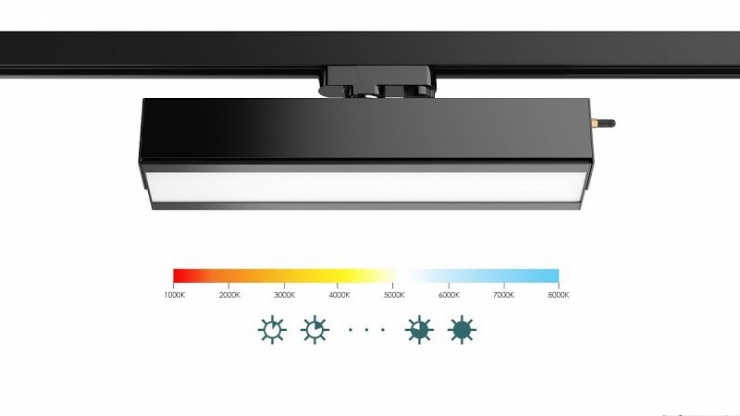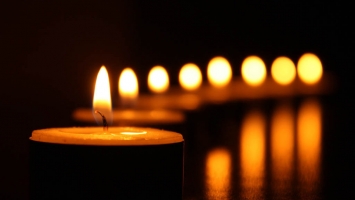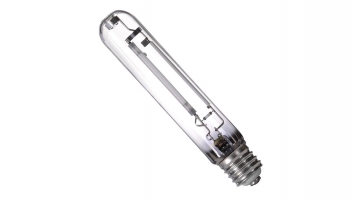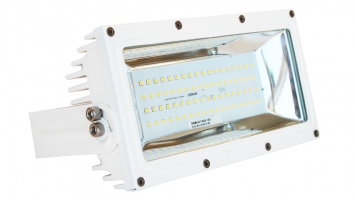
CCT stands for Correlated Color Temperature. It is the expression that determines and categorize the color of light source. Color temperature indicates the color of visible light that emitted from a light source.
When a metal object heats up, you can see that it glows. As the object is heated, colors are changed according to heat such as orange, yellow and blue. Color temperature is the heat of black object in terms of Kelvin that captures a color tone close to the light source.
Kelvin is an international unit of temperature like Celsius. Unlike Celsius degrees, it takes zero points as absolute zero which is -273,15 °C. Celsius degrees can be converted to Kelvin by the formula below;
[K] = [°C] + 273.15
The unit of color temperature in Kelvin. The symbol of Kelvin is K and it is written after the numerical value. For instance; it is used as, 3000 K, 4500 K, 6000 K.
The term of color temperature is also used in photography and publishing sectors.
In lighting sector, color temperature is used to categorize the shades of white. As the value used with Kelvin unit become smaller, the color of light will be close to orange. As the value used with Kelvin unit increased, the color of light will be blue.
Commonly encountered color temperatures 1000 K – 12,000 K range.
1700 K – 1800 K range can be described as a reddish color like in fire, in candlelight, emerges in sunset and sunrise.
2400 K – 3500 K range color temperature is equal to the color of incandescent filament lamps, fluorescent lamps in warm white color and LED lamps.
4500 K – 6500 K range represent white which is close to blue light emitted from xenon, fluorescent and LED lamps.
Above the 6500 K value, more blue colors are obtained.
Lighting devices are divided into 3 groups according to light colors; warm white, natural white and cold white. 2700 K – 3500 K range is warm white, 3500 K – 4500 K range is natural white, 4500 K – 6500 K range is described as cold white.
Different places have different lighting requirements. Color temperature requirement can be changed according to the usage area and its purpose. Warm white colors are used in living rooms, bedrooms, restaurants. Cold white colors are preferred in offices, working areas, learning areas, garages.
There are several different advantages of warm white and cold white lightings. The most important advantage of warm white is to have relaxing effects. The most important advantage of cold white is helping to increase concentration.







COMMENTS
MAKE A COMMENT